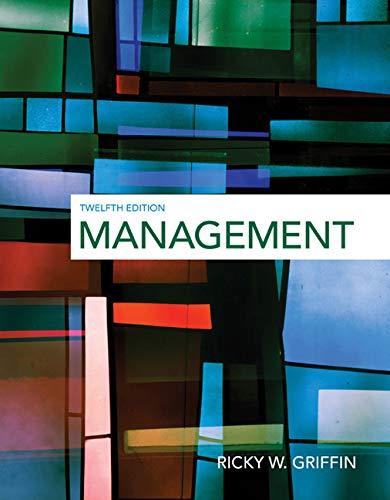Scott Emmons was working for Neiman Marcus, the luxury retailer, as an enterprise architect when he realized
Question:
Scott Emmons was working for Neiman Marcus, the luxury retailer, as an enterprise architect when he realized a big gap in how their stores were handling technology.
“Customers were showing up with smartphones and outgunning our own associates’
capability to access relevant information that would help them on their shopping journey,”
Emmons said.
Emmons brought the need for better addressing technology to the company and they supported his founding of the Neiman Marcus Innovation Lab (iLab) in 2012.
A few years into running the iLab, Emmons realized that a new way of thinking was needed. Neiman Marcus needed to serve shoppers of the future and approach what customers might want in a new way.68 One of iLab’s innovations for serving shoppers is the digital memory mirror that records 360-degree views of how customers look in outfits. Customers can text video recordings of these views to friends to ask them for feedback. Customers also can compare how different outfits looks side by side via video using the mirror’s technology.
Recently, a new augmented-reality feature was added to the memory mirrors: customers can virtually “try on” sunglasses and makeup without having to put them on in real life.69 Memory mirrors have been installed in most of Neiman Marcus’s forty-four locations across the United States.
Another related innovation is memory makeover mirrors. These mirrors record how a makeup specialist in the store applies makeup. The personalized recordings are sent to the customer to ensure they don’t get home and forget the steps to follow.
Customer service buttons in dressing rooms that connect to sales associates’ smartphones and a “Snap Find Shop” app that allows customers to take a picture of a product and find similar styles in the store are other examples of iLab’s work. These innovations have contributed to Neiman Marcus achieving four straight quarters of revenue growth through the end of 2018.70 Unlike other companies that create an innovation center that works separate from the rest of the company, Neiman Marcus’ iLab helps other teams through the company learn from their work. They also are able to get needed resources for projects (including borrowing the work of other employees at Neiman Marcus or getting help from consultants). By offering their services to different parts of the company, they have built “a model for innovation and experimentation . . . they’ve built a culture from that, that it’s okay to experiment and fail,” according to Brian Solis, an analyst at Altimeter, an innovation-focused consulting firm.
DISCUSSION QUESTIONS:
7-1. Why is “innovation” a more accurate word to describe Neiman Marcus’s lab than “creativity”?
7-2. What structural, cultural, and/or human resource variables helped encourage innovation success at Neiman Marcus?
7-3. Has Neiman Marcus achieved disruptive innovation with their iLab’s work?
Why or why not?
7-4. What is an example of “sustaining innovation” in this case?
Step by Step Answer:






